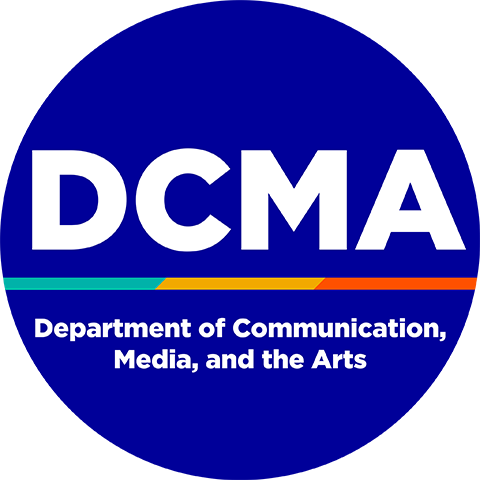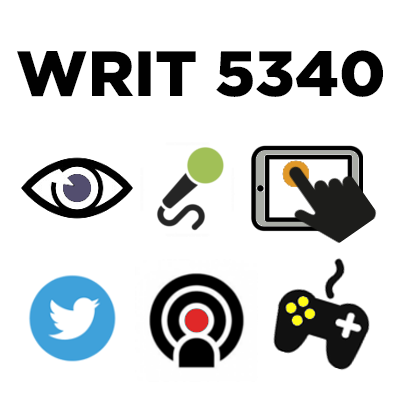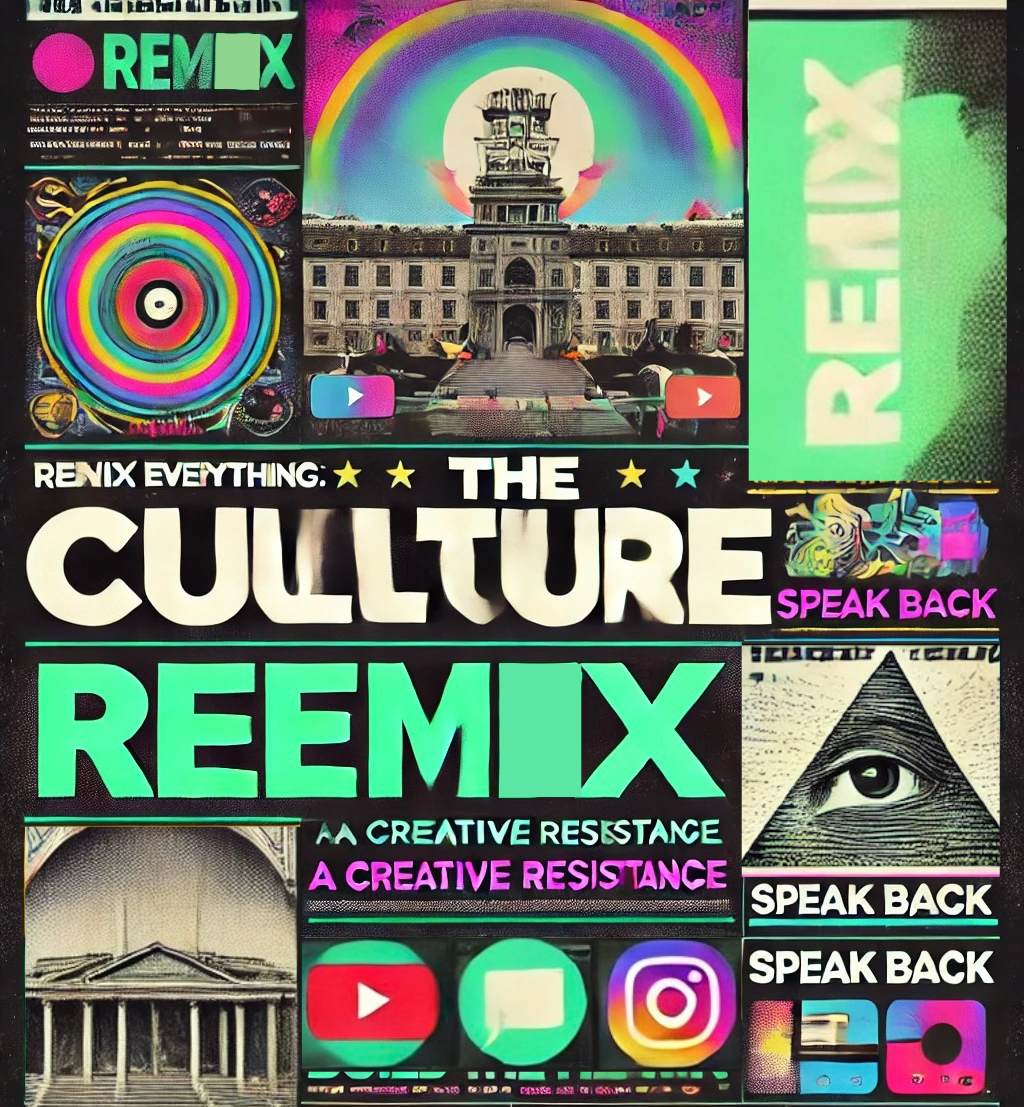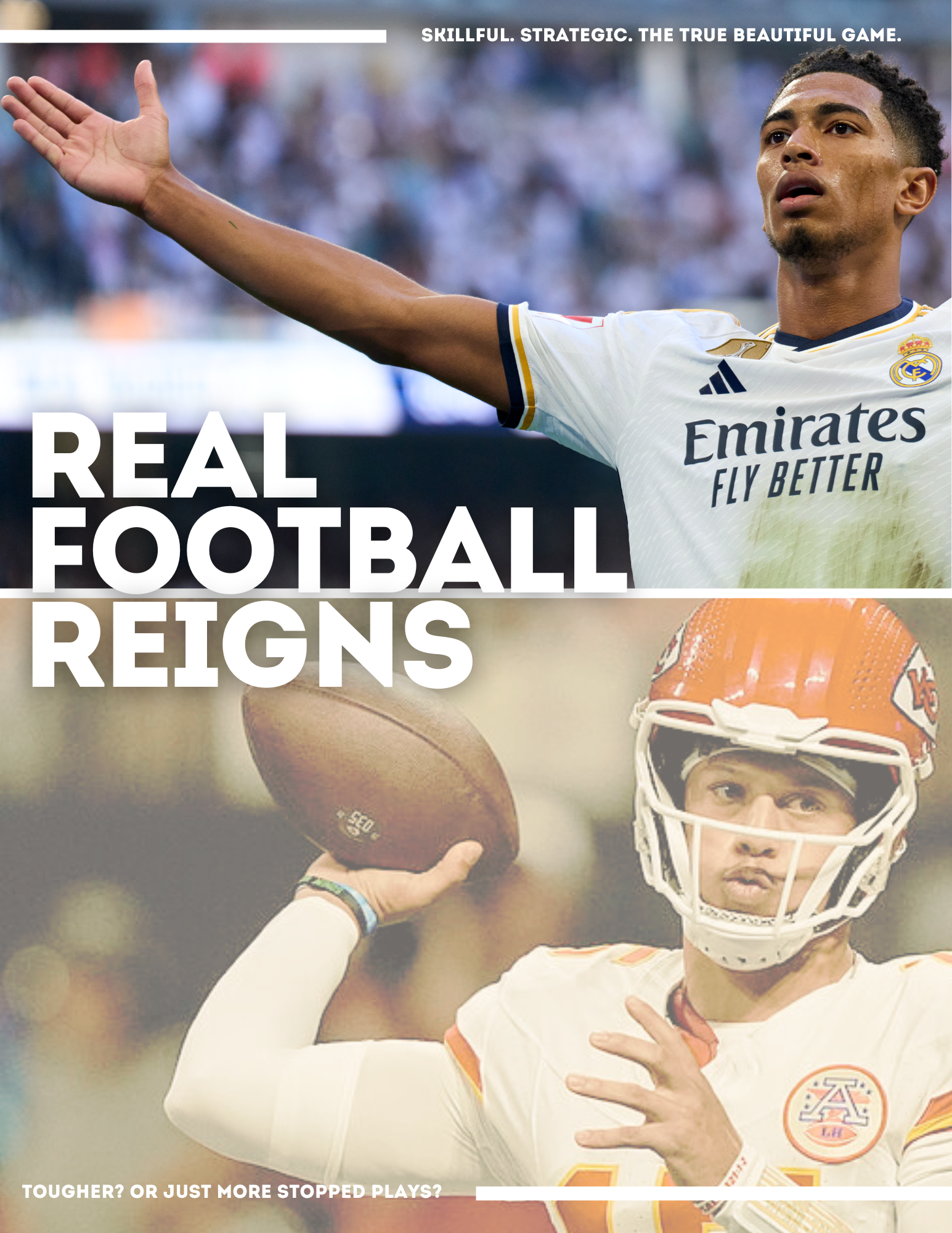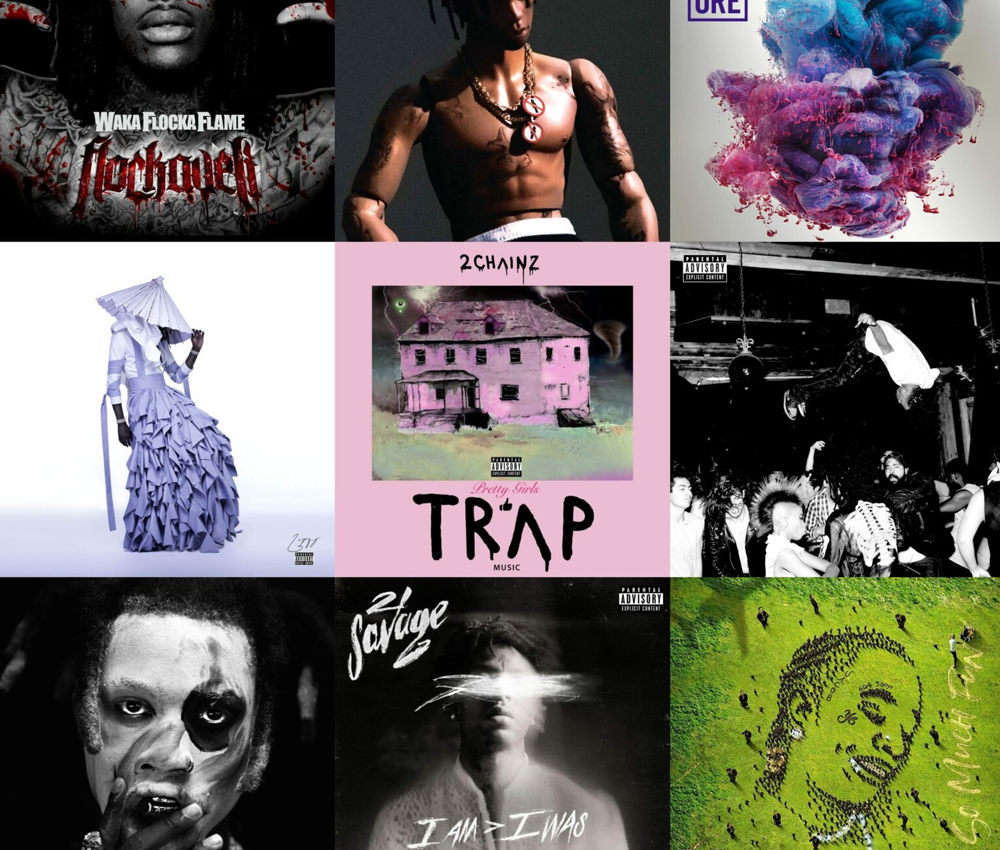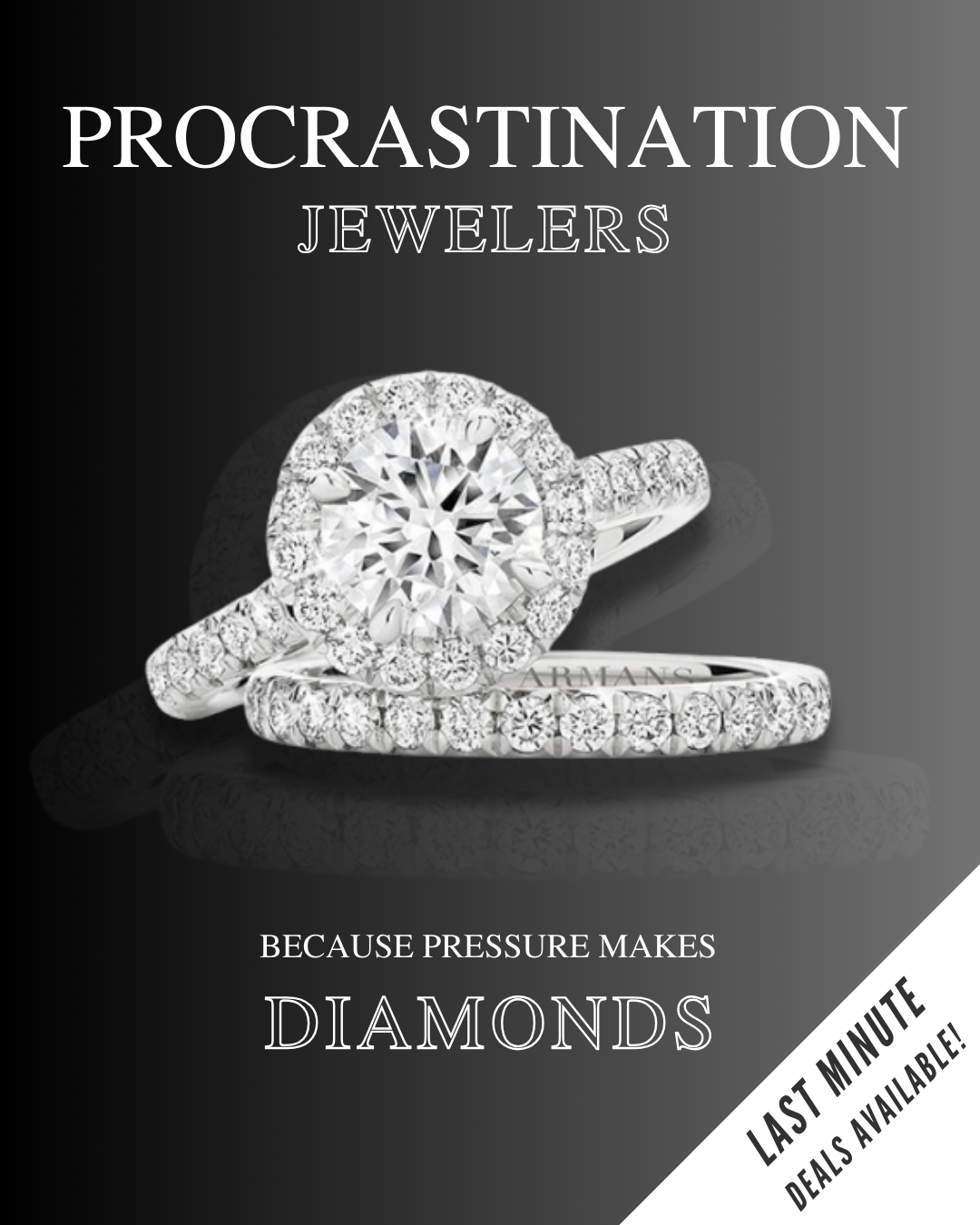- Maker: Adeoye Olumuyiwa
- Genre: Manifesto
- Level: Graduate
- Program: Composition, Rhetoric, and Digital Media
- Course: WRIT 5340: Multimodality
- Instructor: Dr. Eric Mason
- Semester Created: Fall 2024
Description
Introduction
Soccer is more than a game. It is an intricate, collaborative process that unfolds on a global stage. Every player’s movement, every strategy devised, and every interaction with the ball creates a story—dynamic, improvisational, and deeply engaging. This manifesto declares that soccer is not just a sport but a framework for reimagining composition in the age of new media.
Traditional views of composition suggest it is linear and individual: brainstorm, draft, revise, and polish. However, new media allows us to step outside these boundaries, just as soccer defies rigid predictability. Soccer teaches us that communication, like play on the field, is fluid, multimodal, and collaborative. Through the lens of soccer, this manifesto explores how new media transforms composition into a shared and immersive experience.
The Digital Pitch
The soccer field—or pitch—is a space of potential, where players engage in creative and strategic dialogue. Similarly, the digital world offers a vast space for creators to compose meaning using multiple modes: text, image, video, and sound. This manifesto envisions composition as a game played on the “digital pitch,” where creators adapt, collaborate, and perform for an active audience.
Teamwork as Composition:
Soccer thrives on teamwork; no single player can succeed without the support of others. Likewise, new media composition relies on the interplay of different modes—text supports visuals, visuals enhance audio, and all elements work toward a cohesive whole. Composition becomes a collaborative process, not just between modes but also between creators and their audiences.
Creativity on the Field:
Soccer players adapt and innovate in real-time, whether responding to an opponent’s tactics or seizing an unexpected opportunity. In new media, creators must embrace a similar mindset. Traditional essay structures are like rigid formations on the field; new media invites us to break the formation, remix the rules, and create meaning dynamically.
Audience as Active Participants:
Soccer fans are not mere spectators—they chant, cheer, and influence the energy of the game. In the same way, new media transforms the audience from passive consumers into active participants. They comment, share, remix, and even co-create content, making the process of composition a dialogue rather than a monologue.
Breaking the Rules: A Call for Innovation
Traditional composition has long privileged the written word, often excluding visual, auditory, and interactive elements. This focus limits the ways we express and understand meaning. Soccer shows us the power of multimodality: a pass, a goal, and even a celebration meaning without words. New media invites us to embrace this multimodality in our compositions, creating works that engage audiences on multiple sensory levels.
Like a soccer player weaving through defenders, new media creators must move beyond fixed structures and traditional rules. This manifesto calls for composition that is immersive, participatory, and boundary-breaking—an experience rather than a product.
Reflection
Reflecting on this manifesto, it becomes clear how soccer, as a dynamic and collaborative sport, serves as an ideal metaphor for the evolving nature of composition in new media. Traditional composition has often focused on linear, text-based approaches, but new media allows for an interactive, multimodal experience. Just like soccer, where every player’s move and strategy builds toward a collective goal, new media composition thrives on collaboration between different modes—text, image, video, and sound—and the active participation of the audience.
Works Cited
Text
